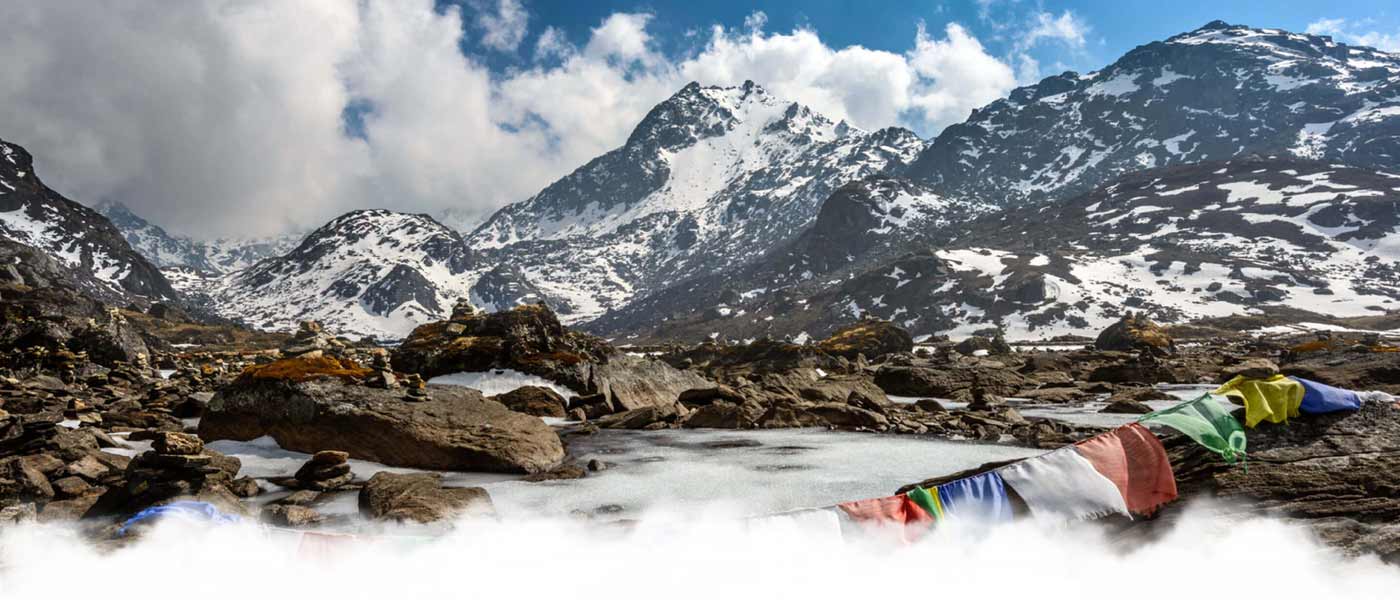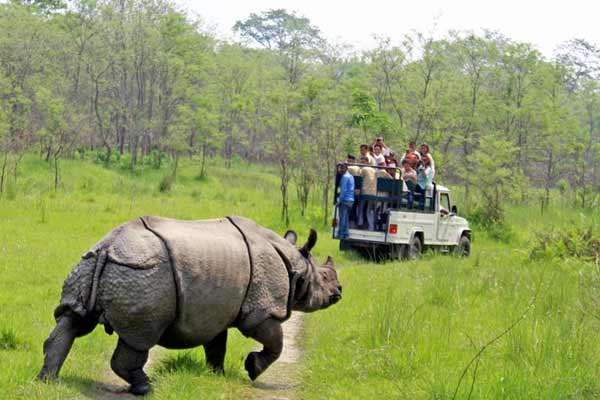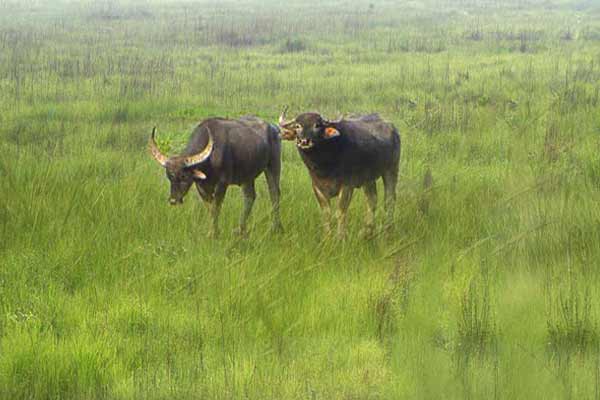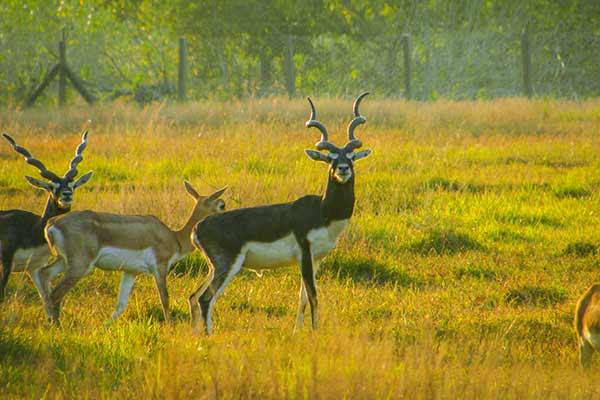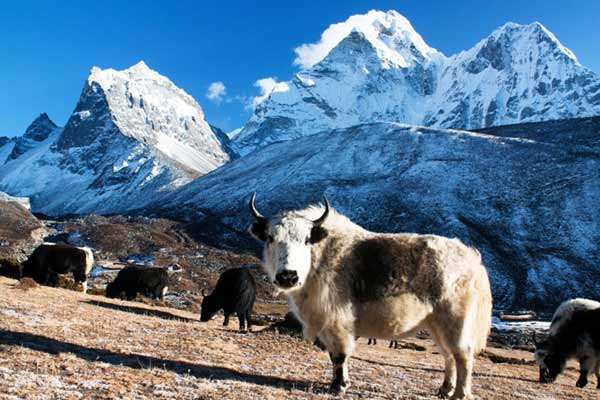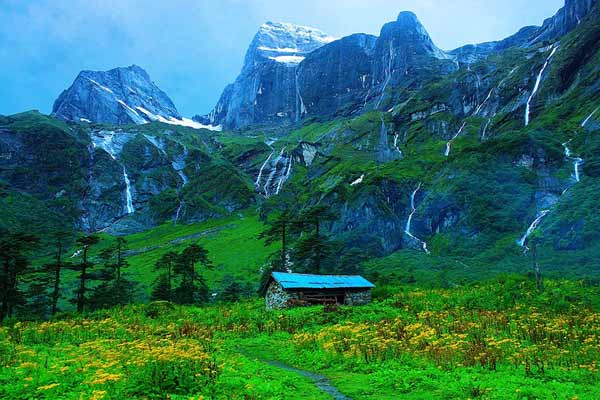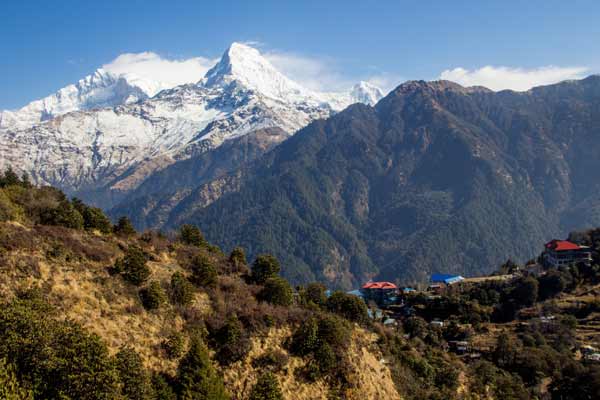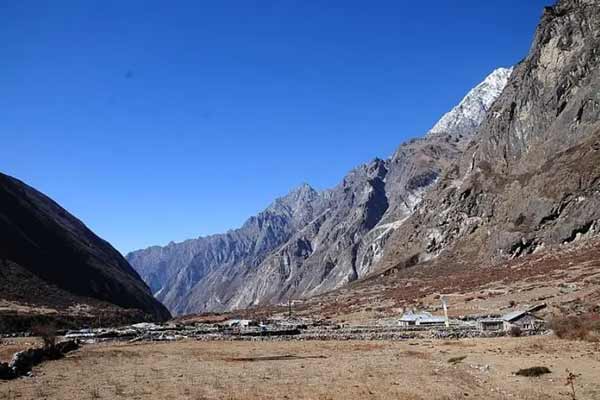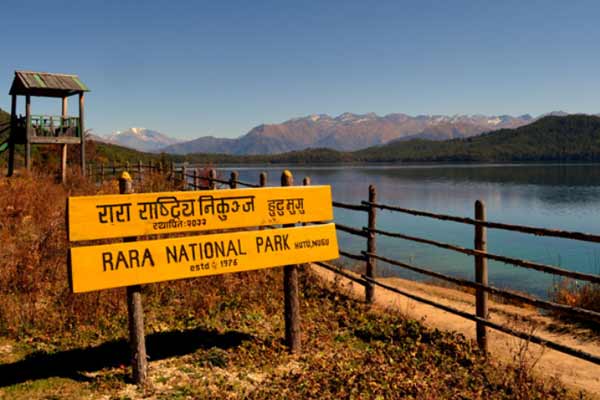
Sagarmatha National Park
The Sagarmatha National Park is a UNESCO World Heritage Site that encompasses 1,148km2 of land in the Himalayas of eastern Nepal.
The word, Sagarmatha, is the Nepali word used for Mount Everest (Mount Sagarmatha) and is derived from the two Nepali words of sagar, meaning ‘sky’ and matha meaning ‘head’. Everest is the western name given to the mountain and to the surrounding region.
The Sagarmatha National Park is the highest national park in the world with its lowest point standing at just over 2,800m and its highest, the peak of Everest, at just over 8,800m. The park contains a unique combination of forests, barren land and snow-capped peaks that are called home by the 6,000 or so indigenous Sherpas and by the variety of animals in the region.
Since the park was established in 1976 and inscribed as a world heritage site in 1979, the number of tourists visiting the region annually has increased drastically. From roughly 3,500 in 1979 to over 30,000 annual visitors today, the park and its inhabitants have become increasingly reliant on tourism as a means of living.
The majority of visitors to the area are people looking to trek to Everest Base Camp or on one of the various other treks in the region, such as the Gokyo Lakes, Island Peak, or Three Passes treks.
Flora & Fauna
A number of wild animals call the park home. Those you are most likely to spot are the Himalayan tahr, ghoral, musk deer, and black bears. Also be on the look out for weasels, mouse hares (pika), jackals, wolves, lynx, and snow leopards. Furthermore, there are 193 different species of bird in the park, including the impeyan pheasant (Danphe), red-billed chough, blood pheasant, snow cock, yellow-billed chough and the snow pigeon.
Vegetation in the park varies significantly depending on altitude. The famed rhododendrons bloom during the spring, from April to May, though most of the flora is colorful during the monsoon season, from June to August.
Best time to visit Sagarmatha National Park
The best time to visit is between October and November, or between March and May. The reason for this is that the summer months (June-September) bring almost all of the annual precipitation (1000mm per year), whilst between December and February, daytime temperatures regularly drops below 0°C (32°F) and heavy snowfall is common.
Sagarmatha National Park Fees
As of January 2015, the fees to get into Sagarmatha National Park are Rs.25 per person for Nepali citizens, Rs.1500 per person for SAARC nationals, and Rs.3000 per person for foreigners. Entry fees are paid at Monjo, where there is an entrance station. Passports are also required for access.
How to get to Sagarmatha National Park
Unfortunately, Sagarmatha National Park is very remote and difficult to reach, since the Khumbu region has no roads. The most common way of getting to the park is to fly into Lukla from Kathmandu (25 min flight), and then trek onwards for 2 days. Alternatively, you could fly into Tumlingtar from Kathmandu (35 min flight) and then trek onwards for 10 days.
Wildlife Sanctuaries Nepal
Wildlife Sanctuaries in Nepal If your current vacation were to the hill stations, beaches or historic places, then sticking around the “Nepal Wildlife Sanctuary” will be an extremely crazy experience for you. Yeah you heard right, Nepal nestled in the middle of high mountain ranges and infinite grassland has rich fauna and flora. According to conservative evaluation, it has nearly 100 varied species of animals and around 750 types of aerial species in entirety. So without ado, book the accommodation/safari, pack your comfortable attires, binoculars, sun protection gear, camera and get ready to explore the wilderness which is full of plant and animal life. Here are the top 10 Wildlife Sanctuaries of Nepal.
 +91 9799050299
+91 9799050299 